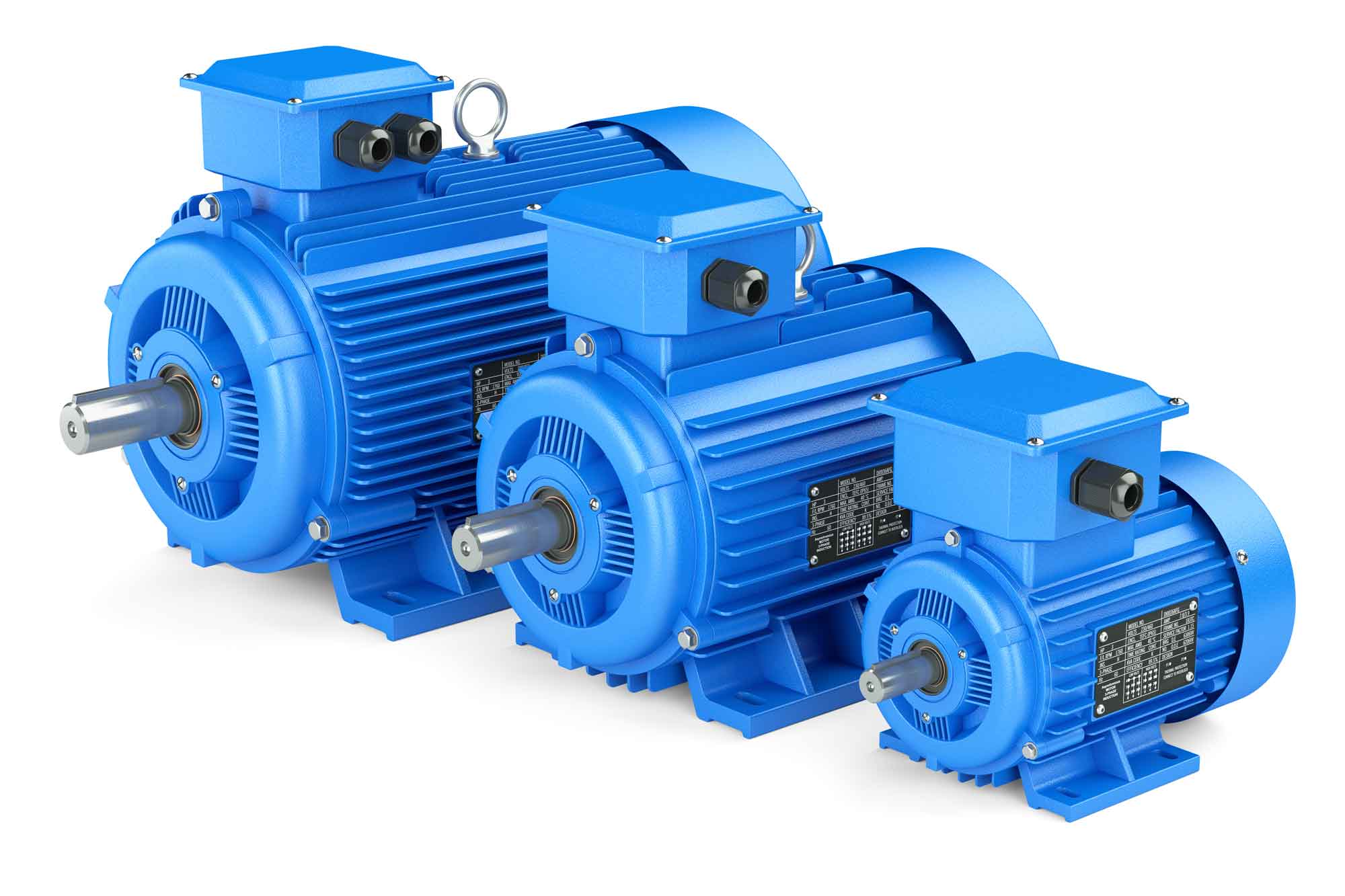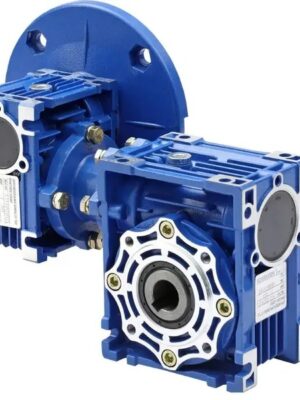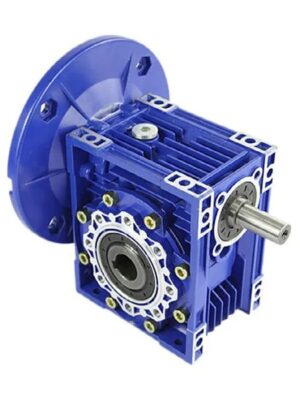Worm gearmotors are used in a variety of industrial applications, and their performance is critical to the success of these applications. Aluminum worm gearmotors are a popular choice due to their lightweight construction and excellent heat dissipation properties. However, load can have a significant impact on the performance of these gearmotors. In this article, we will explore the impact of load on the performance of aluminum worm gearmotors.
What is an Aluminum Worm Gearmotor?
An aluminum worm gearmotor is a type of power transmission device that uses a worm gear to transmit torque to a driven component. The worm gear has a helical shape that meshes with a worm wheel, which is the driven component. The worm gear rotates the worm wheel, which in turn rotates the output shaft of the gearmotor. Aluminum worm gearmotors are a popular choice due to their lightweight construction and excellent heat dissipation properties.
How Load Affects the Performance of Aluminum Worm Gearmotors
The load on an aluminum worm gearmotor can have a significant impact on its performance. When a gearmotor is subjected to a heavy load, the load can cause the gear teeth to wear down more quickly. This can lead to increased friction, which can cause the gearmotor to run hotter and decrease its efficiency. The load can also cause the output shaft to deflect, which can result in increased noise and vibration. In addition, excessive loads can cause the gearmotor to fail prematurely.
Factors That Affect the Load Capacity of Aluminum Worm Gearmotors
Several factors can affect the load capacity of aluminum worm gearmotors. These include:
- The size of the gearmotor
- The speed of the gearmotor
- The type of load being applied
- The ambient temperature
- The lubrication conditions
How to Select the Right Aluminum Worm Gearmotor
To select the right aluminum worm gearmotor for your application, you need to consider the load requirements of your application. The load requirements will depend on several factors, including the type of load being applied, the speed of the gearmotor, and the ambient temperature. You will also need to consider the efficiency and durability of the gearmotor, as well as its cost.
Aluminum Worm Gearmotor Maintenance
Maintenance is critical to the performance of aluminum worm gearmotors. Regular maintenance can help prevent premature wear and failure of the gearmotor. Maintenance tasks may include checking the lubrication conditions, inspecting the gear teeth for wear, and checking the output shaft for deflection. It is also important to monitor the temperature of the gearmotor during operation to ensure that it is not running too hot.

Electric motors for Sale
Electric motors and gearboxes go hand in hand when it comes to industrial applications. The gearbox is responsible for transmitting the torque from the motor to the driven component, and the motor provides the power to drive the gearbox. At our company, we offer a range of electric motors that are designed to work seamlessly with our gearboxes. This ensures that our customers get the best performance and efficiency from their power transmission systems. Whether you need a high-torque motor for heavy-duty applications or a low-speed motor for precise control, we have the right solution for your needs.

About Us
Our company is a leading manufacturer of transmission equipment, specializing in the research, development, manufacturing, and sales of speed reducers. With over 25 years of experience, we have become a trusted supplier to customers in Europe, America, Africa, Asia, and other regions. Our goal is to provide our customers with the highest quality products and services at competitive prices. We achieve this by investing in advanced production equipment and testing equipment, hiring industry professionals and technicians, and implementing standardized production management methods. Our gearboxes are widely used in a variety of industries, including equipment, food, car washing, packaging, transmission, automation, and solar energy. We are committed to providing our customers with reliable, energy-efficient, and high-performance gearboxes that meet their unique needs.

Q&A
1. What is the maximum load capacity of an aluminum worm gearmotor?
The maximum load capacity of an aluminum worm gearmotor depends on several factors, including the size of the gearmotor, the speed of the gearmotor, and the type of load being applied. To determine the maximum load capacity of a specific gearmotor, you should consult the manufacturer’s specifications.
2. How can I determine the load requirements for my application?
The load requirements for your application will depend on several factors, including the type of load being applied, the speed of the gearmotor, and the ambient temperature. To determine the load requirements for your application, you should consult with a qualified engineer or gearbox manufacturer.
3. What is the recommended maintenance schedule for an aluminum worm gearmotor?
The recommended maintenance schedule for an aluminum worm gearmotor will depend on several factors, including the operating conditions of the gearmotor and the type of load being applied. In general, it is recommended that you perform regular maintenance tasks, such as checking the lubrication conditions, inspecting the gear teeth for wear, and checking the output shaft for deflection, at least once a year.
4. What lubrication should I use for my aluminum worm gearmotor?
The type of lubrication you should use for your aluminum worm gearmotor will depend on several factors, including the operating conditions of the gearmotor and the type of load being applied. It is recommended that you consult with the manufacturer of the gearmotor to determine the appropriate lubrication for your specific application.
5. How can I prolong the life of my aluminum worm gearmotor?
To prolong the life of your aluminum worm gearmotor, you should perform regular maintenance tasks, such as checking the lubrication conditions, inspecting the gear teeth for wear, and checking the output shaft for deflection. You should also avoid overloading the gearmotor and operating it at higher temperatures than recommended by the manufacturer.
Edited by: Zqq.






